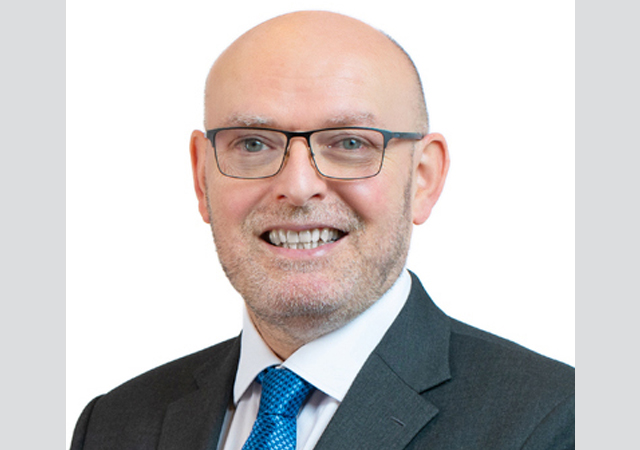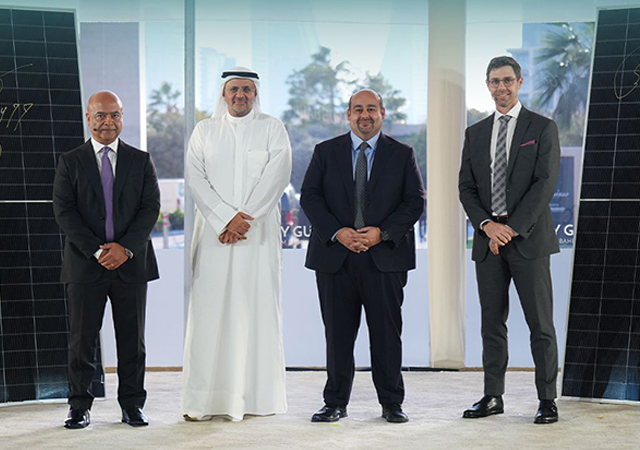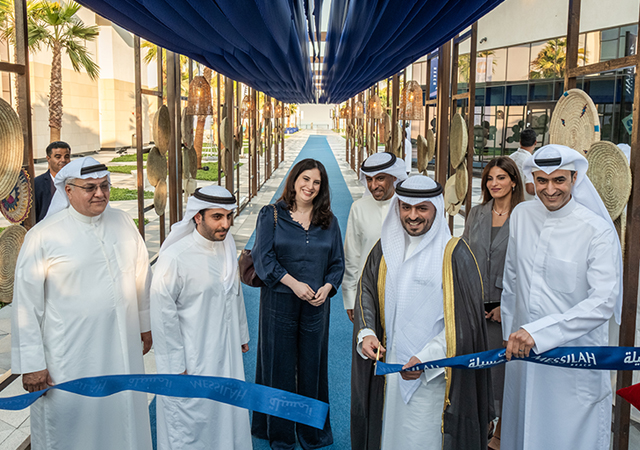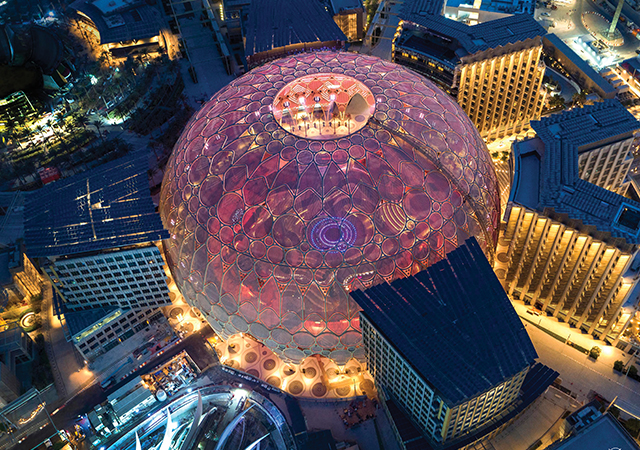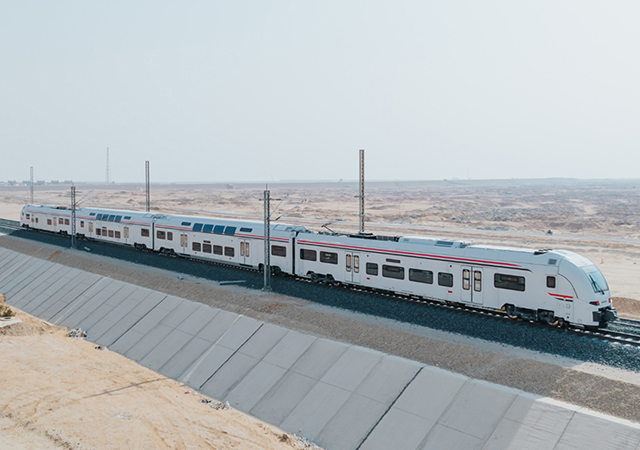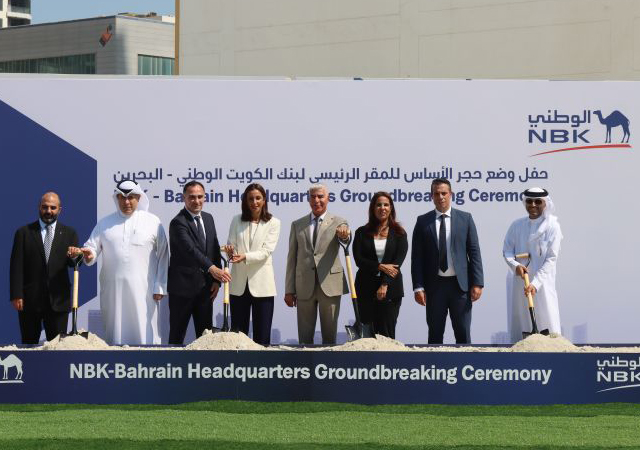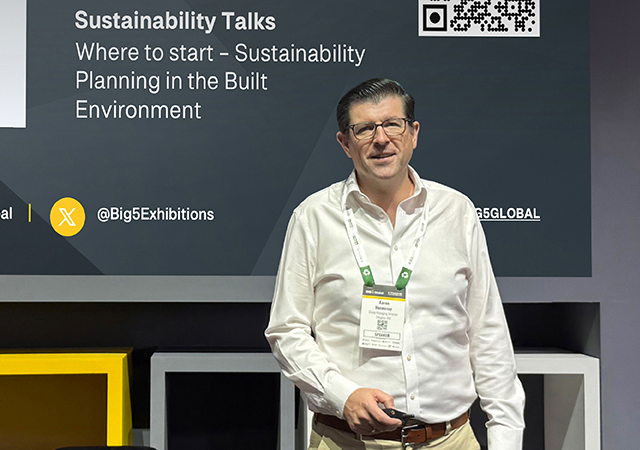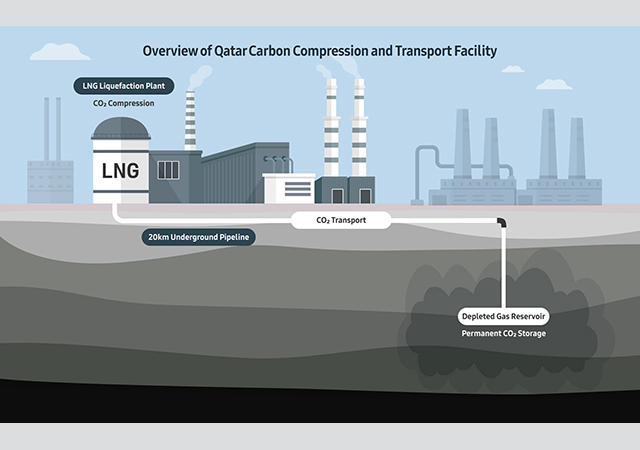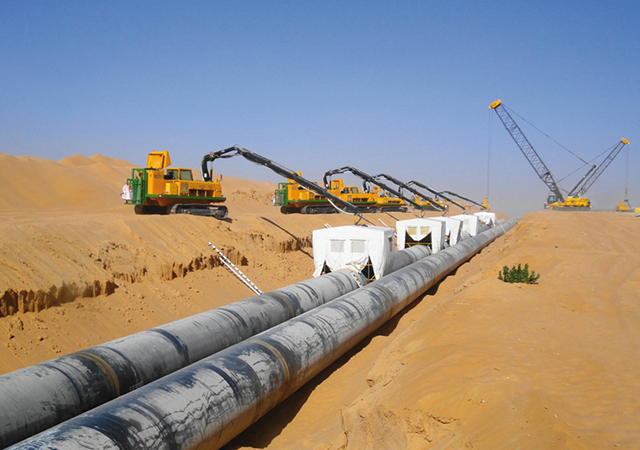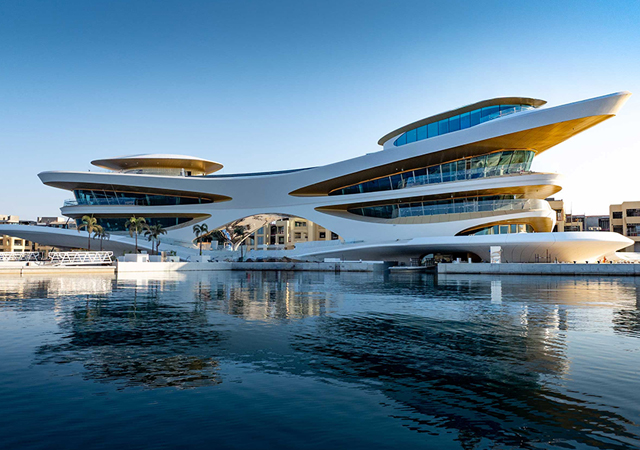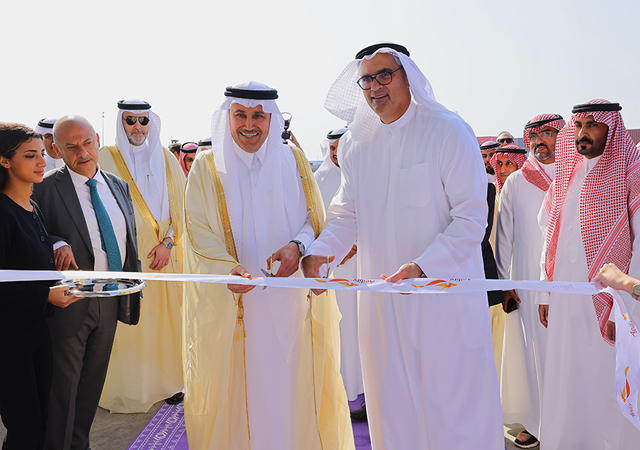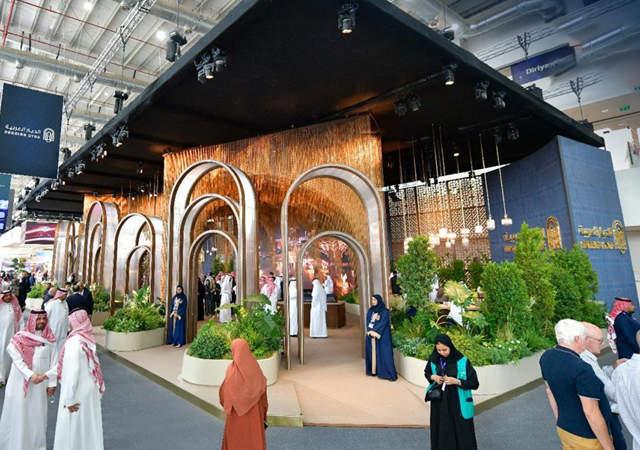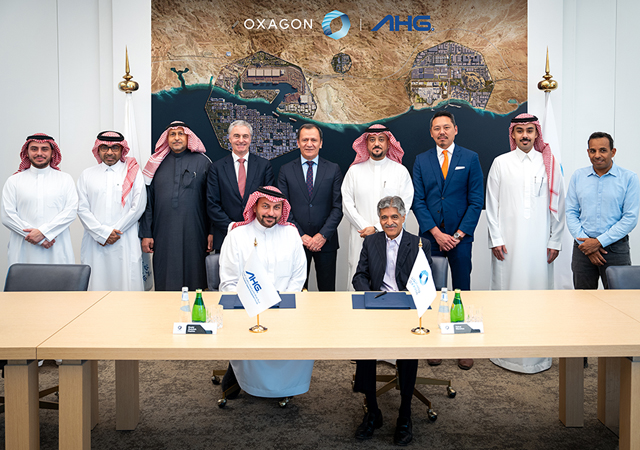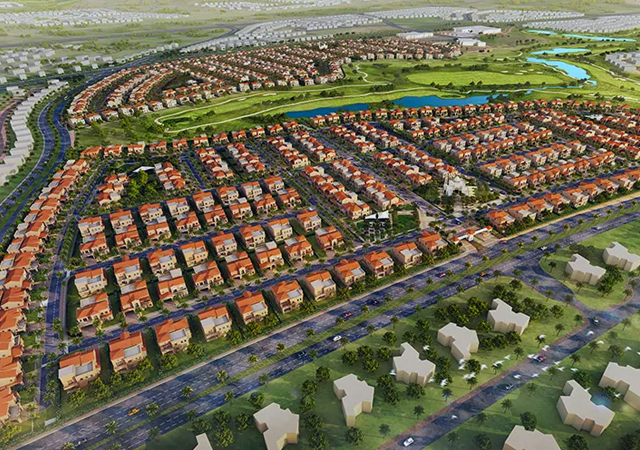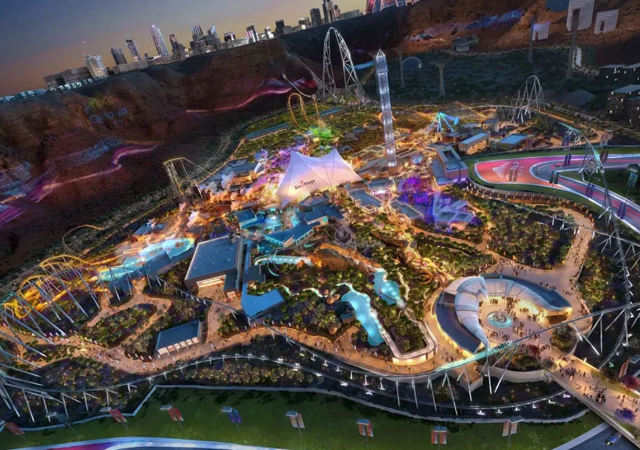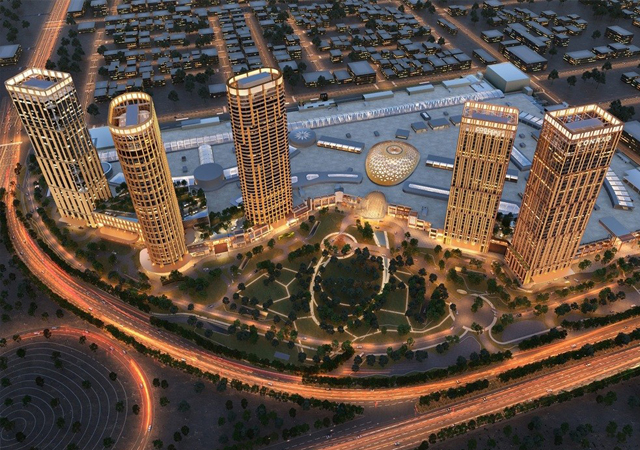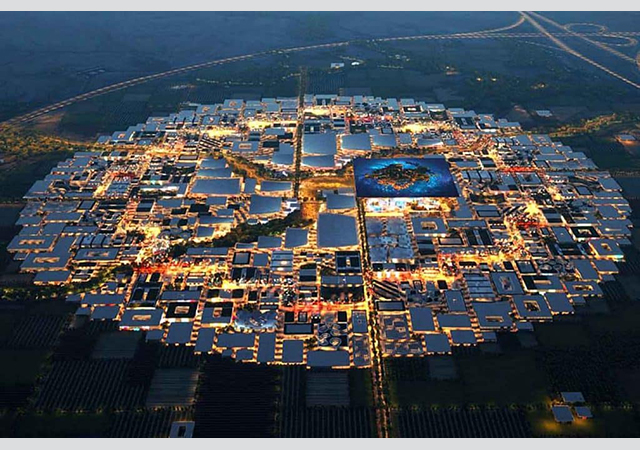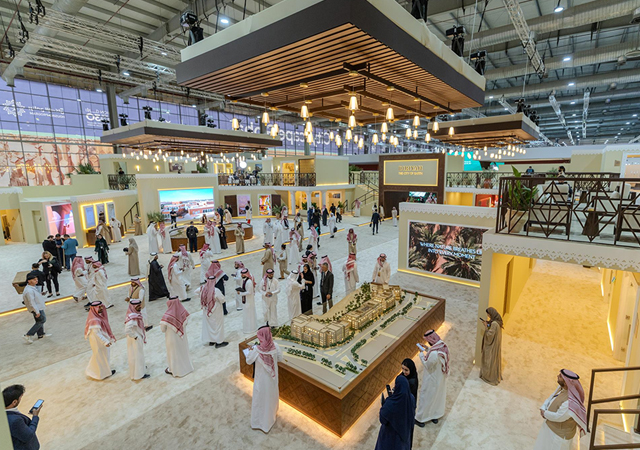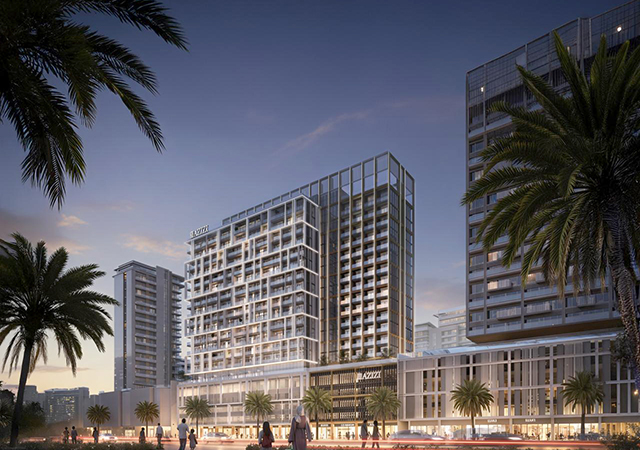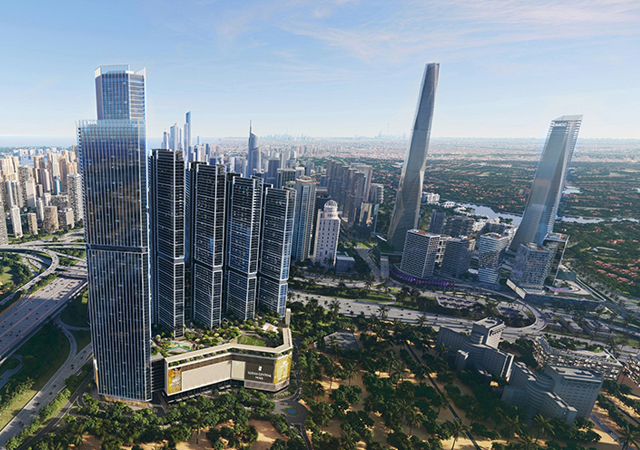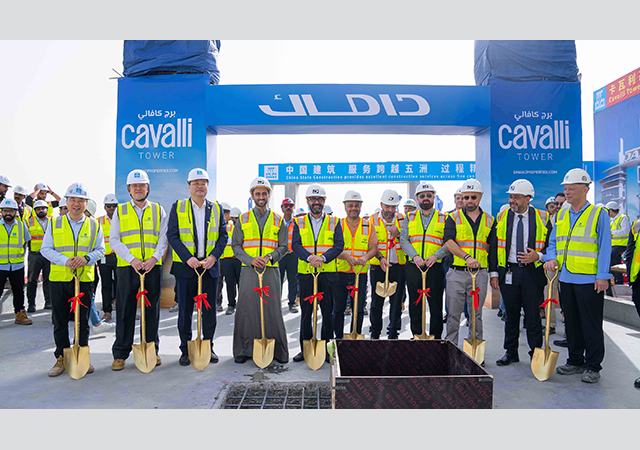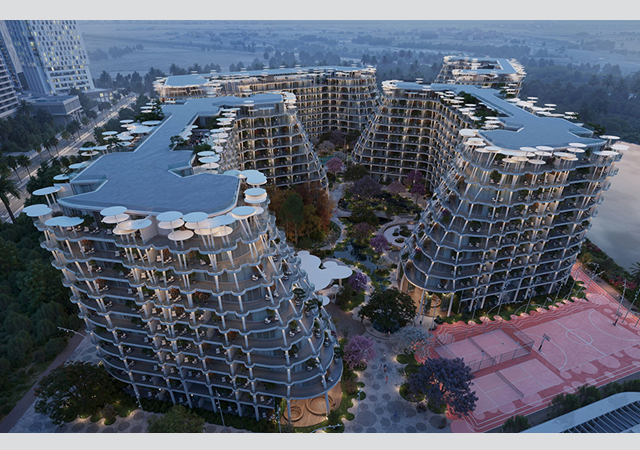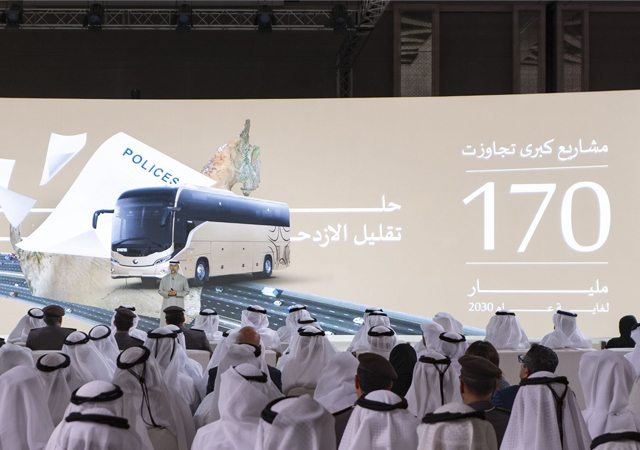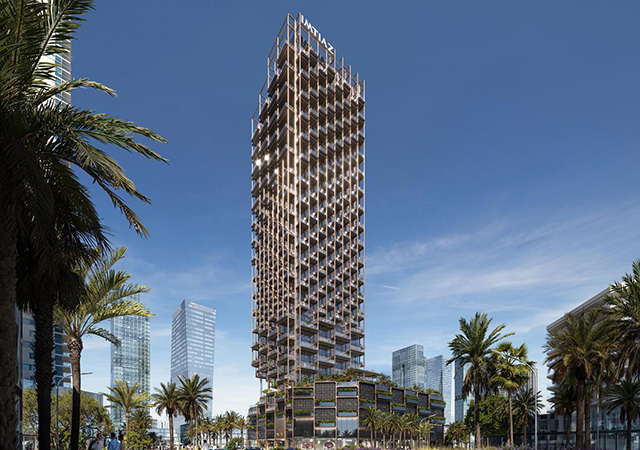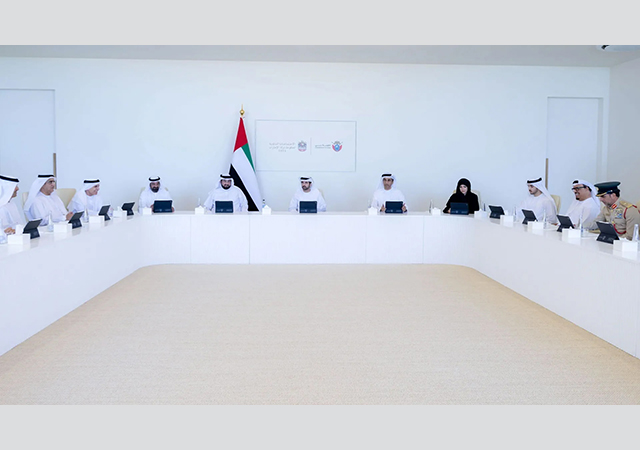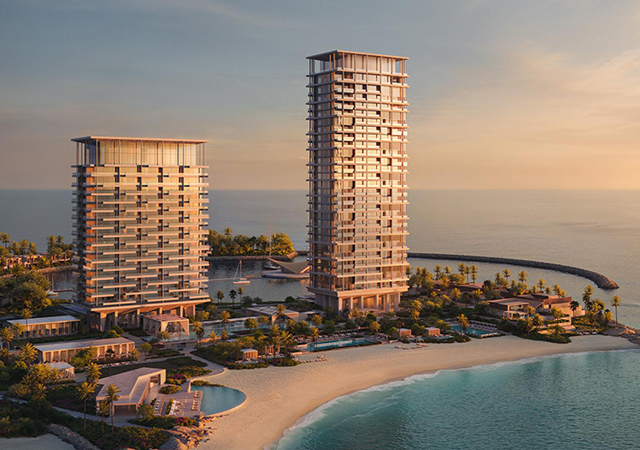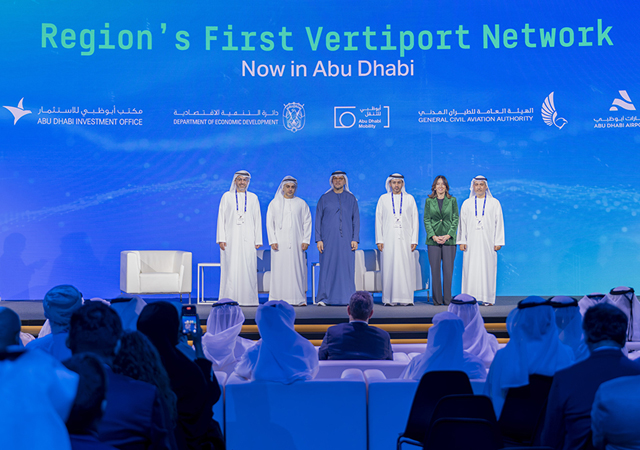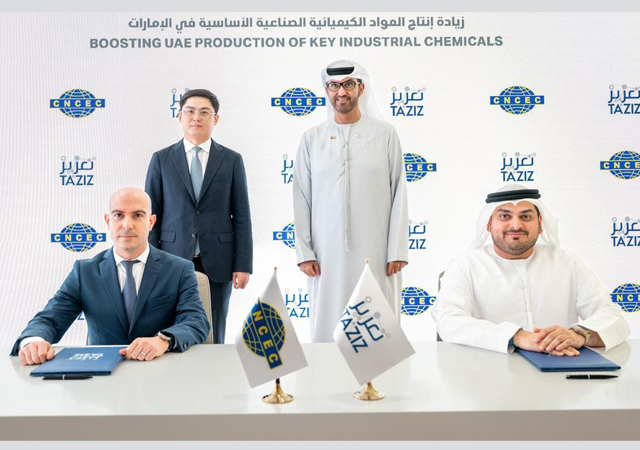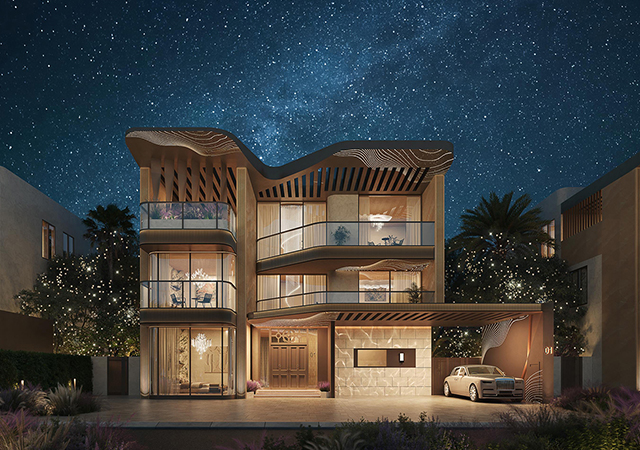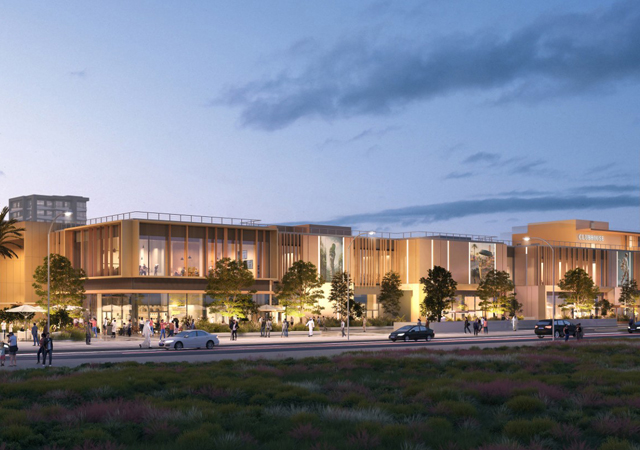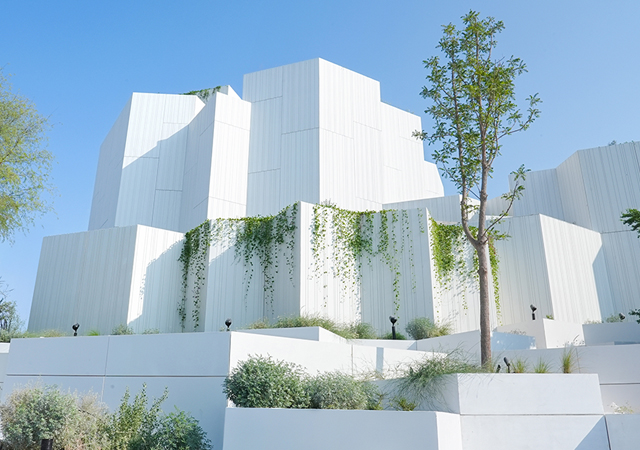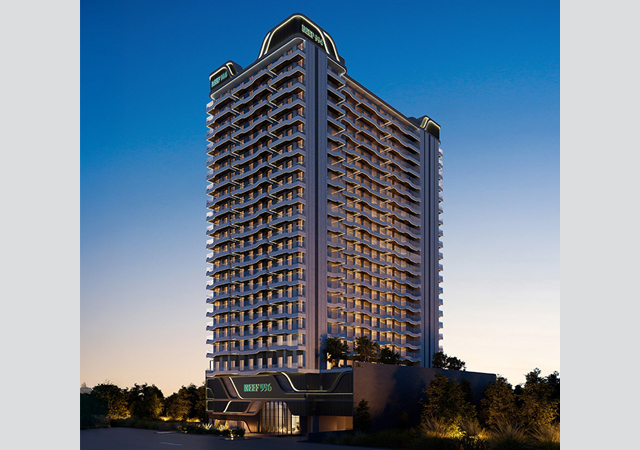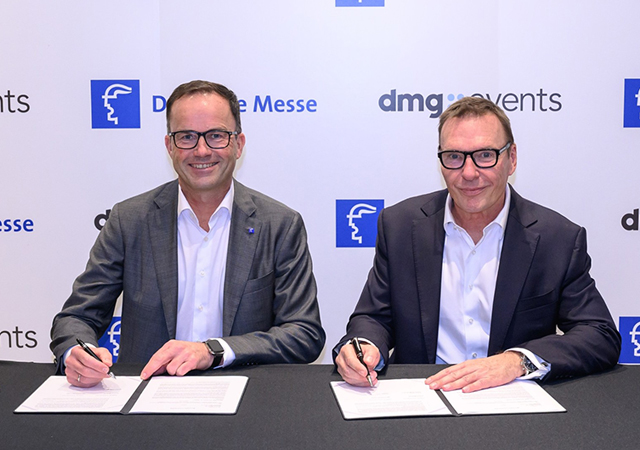
 Parasol ... high capacity and small dimensions.
Parasol ... high capacity and small dimensions.
A compact chilled beam comfort module that promises the right air quality and room temperature while ensuring low costs for energy, operation and maintenance will be launched on the UAE market at the Big 5 show by Swegon, one of Europe’s market leaders in the ventilation and air-conditioning sectors.
Known as Parasol, the product is aimed at the commercial and industrial sector in the UAE market. This ceiling induction unit, which can be used for ventilation, cooling and heating, is able to supply air on four sides and is extremely flexible in its application, according to Gunnar Svensson, Swegon’s regional manager Middle East.
“Parasol is an important development because its compact design makes it compatible with competing fan coil unit sizes while offering the advantages of chilled beam technology. Since we introduced this comfort module in 2005, it has become a bestseller across Europe,” Svensson says.
The comfort modules operate on a basic principle that is closely akin to that of chilled beams. The difference is mainly that the comfort module distributes air in four directions instead of two. This maximises the area where supply air is mixed with room air so that the modules discharge air at high capacity, yet they do not occupy more ceiling space than necessary.
The comfort modules are also optimised to quickly mix the discharged air with room air providing better comfort in the room. In heating applications, this technique can be advantageously utilised to efficiently provide provide heat along the ceiling.
The easily adjustable nozzles in combination with Swegon ADCII (Anti-Draught Control), offer optimal flexibility if changes in the room layout become necessary.
All the sides can be set independently of one another so that the comfort module can distribute more or less air and simultaneously discharge air in whatever direction desired in the room.
The face plate of the Parasol has three different perforation patterns. As standard, the face plate has round perforations arranged in a triangular pattern; however; other variants are available as special order..
Parasol is available in three basic variants: for ventilation only, for ventilation with a water-based cooling coil and for ventilation with a water-based cooling and heating coil.
“The module allows a primary airflow of up to 190 cu m per hour and provides a total cooling capacity of around 2,000 W and a water-side heating capacity of up to 2,700 W,” explains Gunnar Svensson. The high capacity and small dimensions (690 by 690 mm and 1,290 by 690 mm with a height of only 230 mm) make the units suitable for both new-build and refurbishment applications.“
The regular Parasol is designed for installation in suspended ceilings, whereas Parasol EX can be used for suspended installation. Parasol UC is a suspended comfort module specially designed for rooms with visible installations.
The four-way air distribution in combination with the ADCII maximises the size of the mixing zone and minimises the risk of draught, he says.
“The special design of the outlet, which discharges the distributed air slightly upwards, in combination with the high rate of mixing provide a comfortable indoor climate and a unit that is not dependent on the Coanda effect. Easily adjustable nozzles, ADCII and four independently adjustable sides guarantee that the air can be discharged in whatever direction desired in the room and gives ultimate flexibility.
Comfort modules use the advantages of chilled beams and combine them with a four-way air distribution.
“Parasol works without fans, using dry cooling without drainage and a battery without filters.
“These systems have huge advantages in comparison with fan-coils and other systems. A comfort module takes care of the air quality and the temperature in a room while ensuring low costs for energy, operation and maintenance,” says Svensson. “Parasol is a dry system without condensate pipes and pumps. Because of the pre-cooling of the air in the central air handling unit, the air is dehumidified, thus avoiding condensation in the room. The air flow rate in the living area does normally not exceed 0.2 m/s,” he explains.
The air distribution in four directions allows the flexible setting of the flow pattern and the volumetric air flow so that the distribution pattern can easily be adapted to new conditions. This property is extremely important when there is a change of tenant or when there is a change in the utilisation structure, he points out.
The innovative comfort module technology, says Svensson, is proving to be increasingly attractive in industrial and commercial buildings and is already used for comfort conditioning in a wide range of applications throughout Europe for offices, banks, dealing rooms, retail outlets, public buildings and industrial processing plants.
“It is particularly suitable where high comfort levels are required with minimal noise or air movement. Because comfort modules are energy efficient and need only minimal mechanical refrigeration, they are much more environment-friendly than other building climate control systems,“ he claims.
Employing a staff of 1,000 people in Sweden and in its 18 international subsidiaries, Swegon is one of the leading companies in the development, production and sales of ventilation and air-conditioning systems in Europe. Swegon’s head office is situated in Kvänum, Sweden, and its Middle East office is located in Dubai.
Parasol will be exhibited on Swegon’s booth at the Big 5 exhibition.



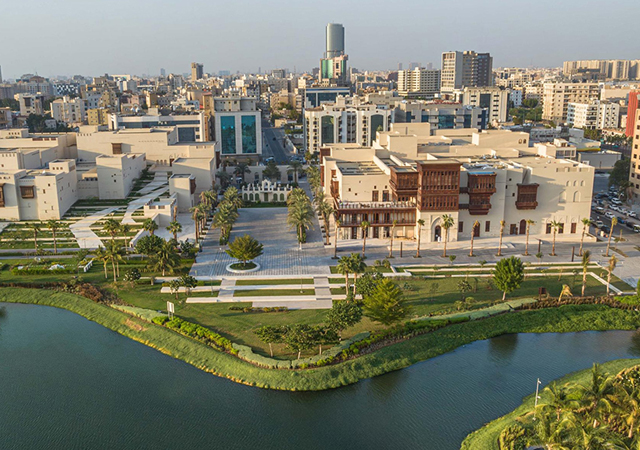
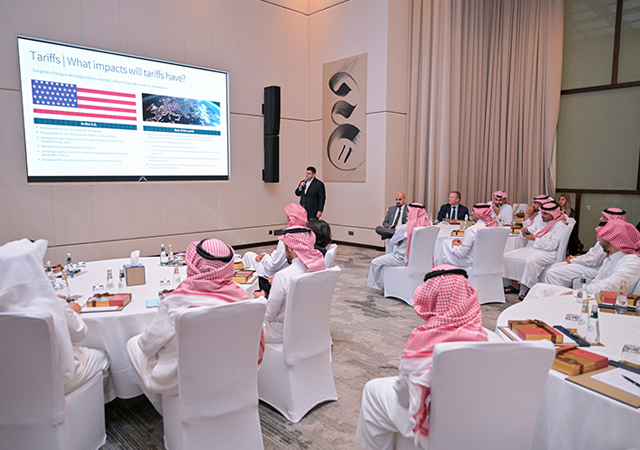
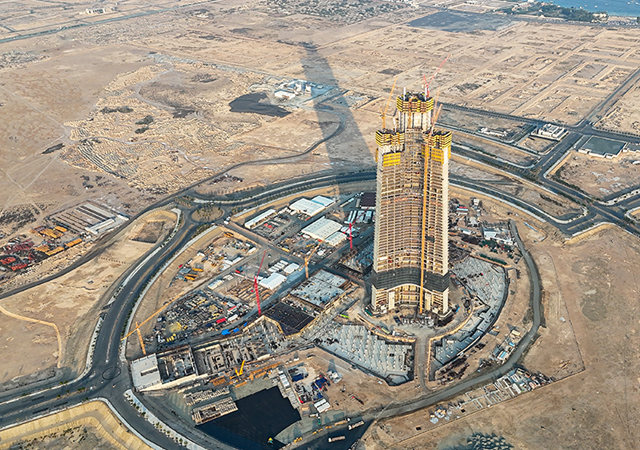
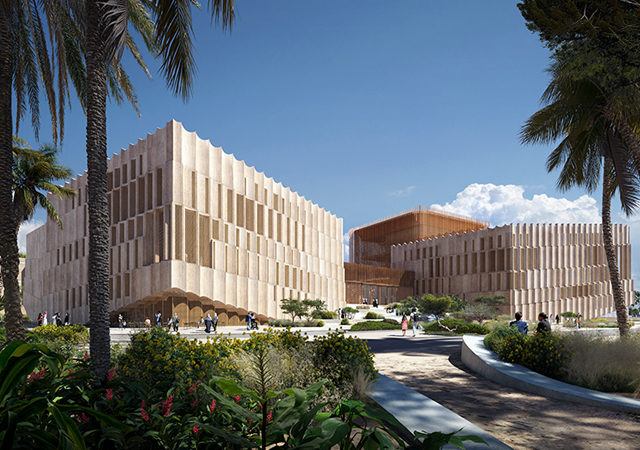
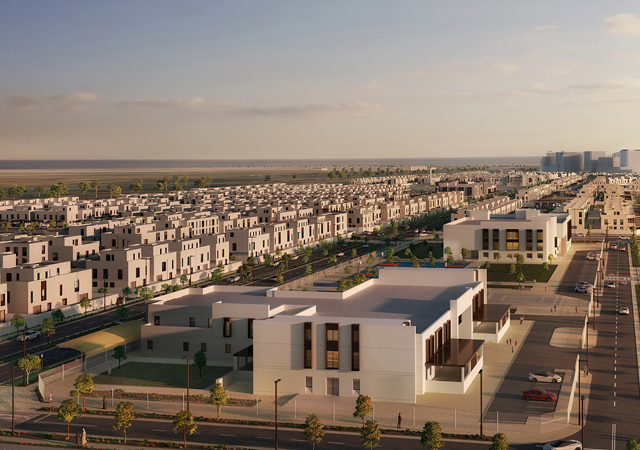
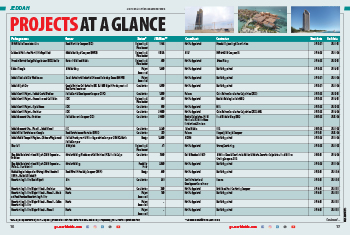
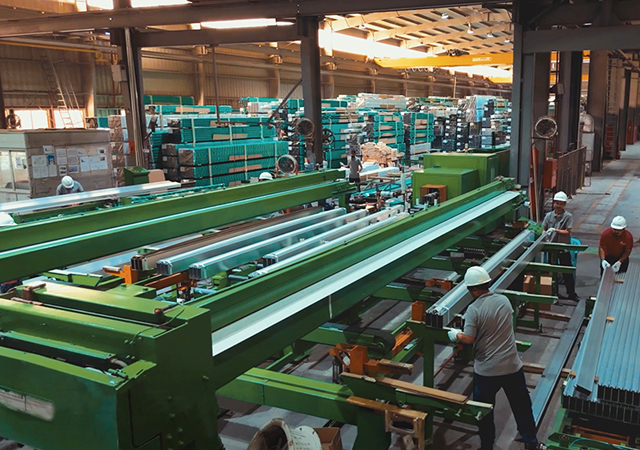


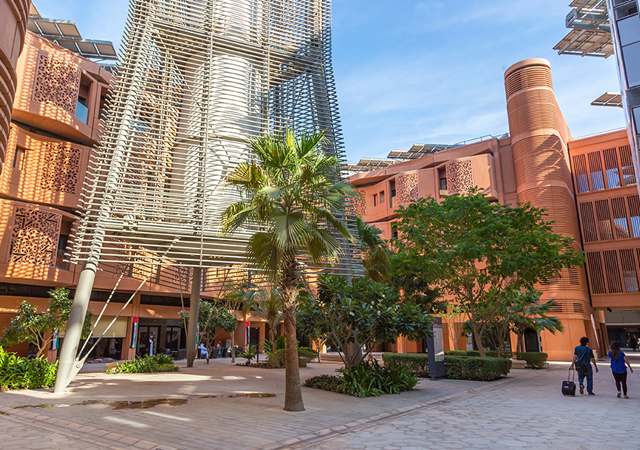
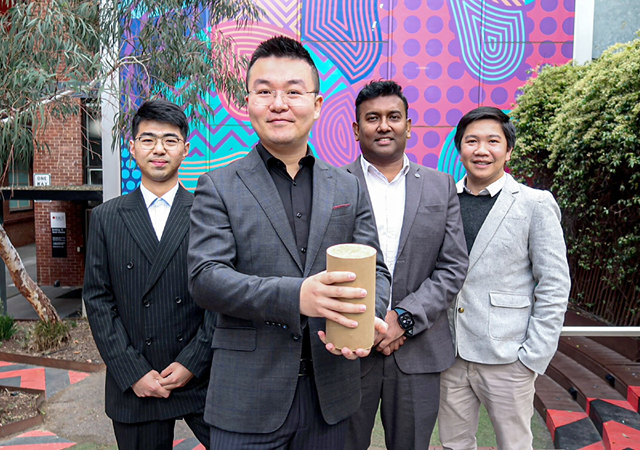
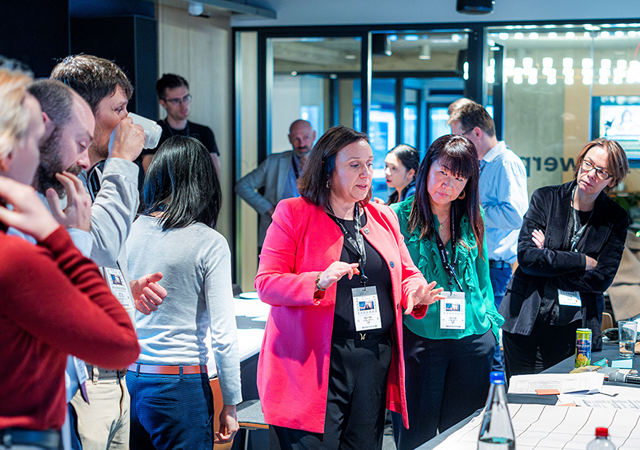
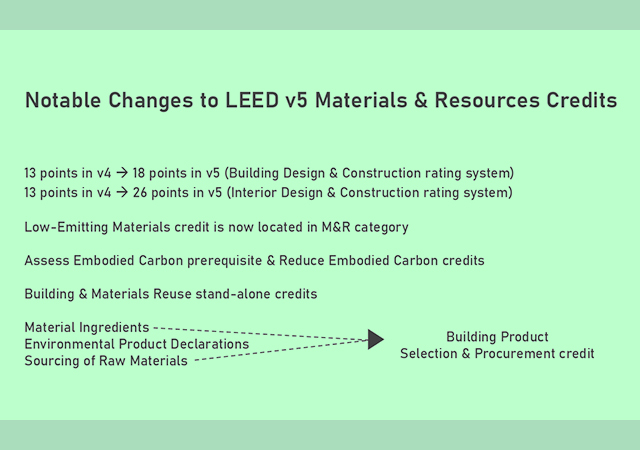
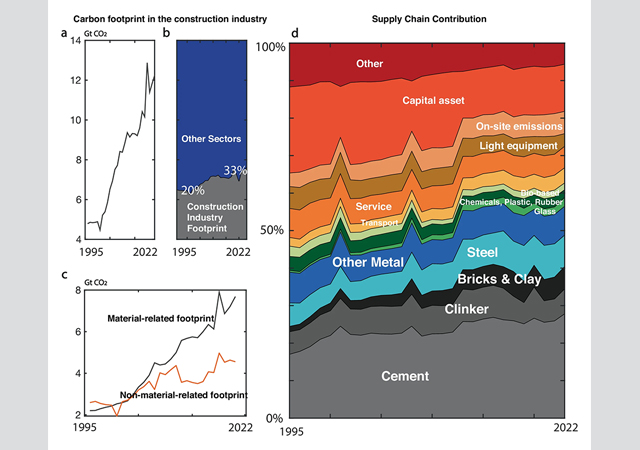
.jpg)
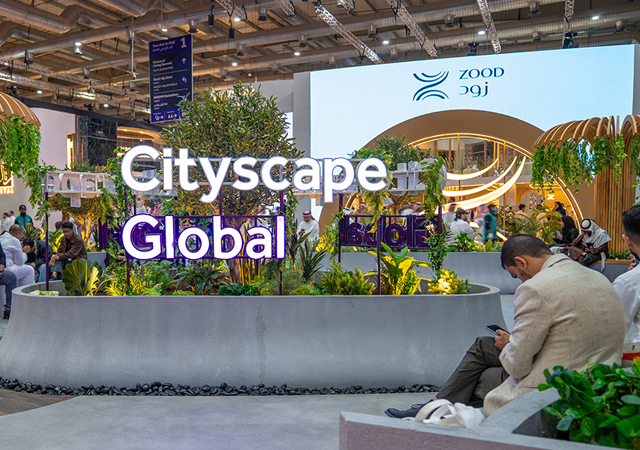
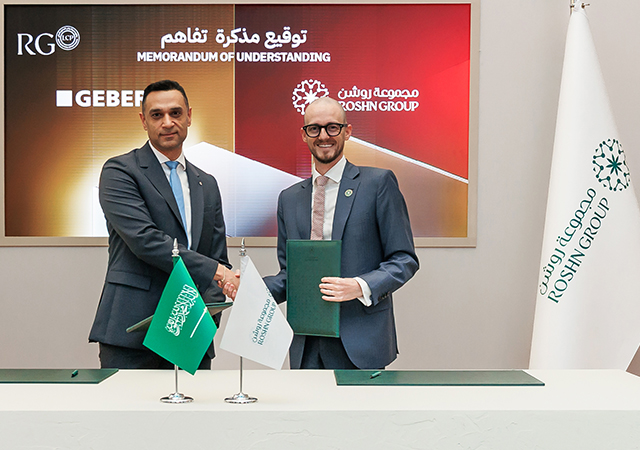
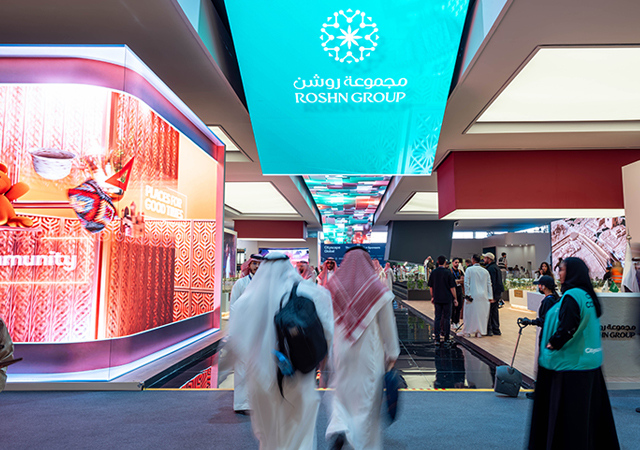

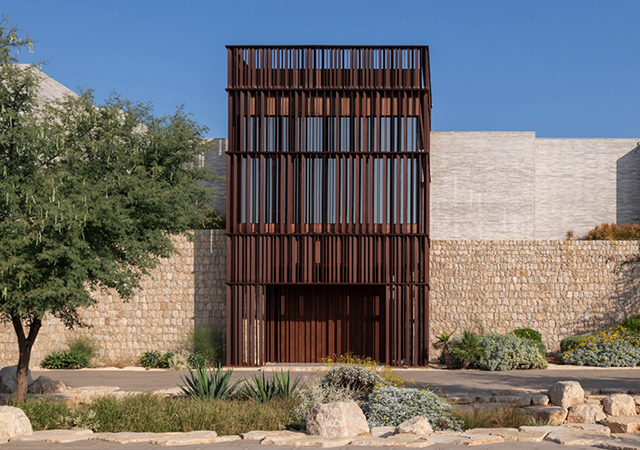
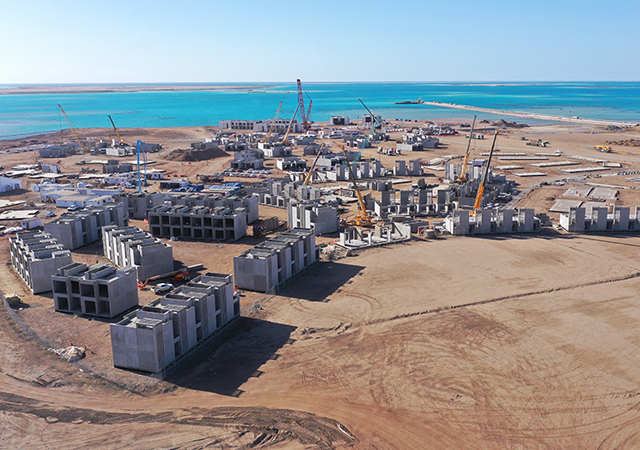
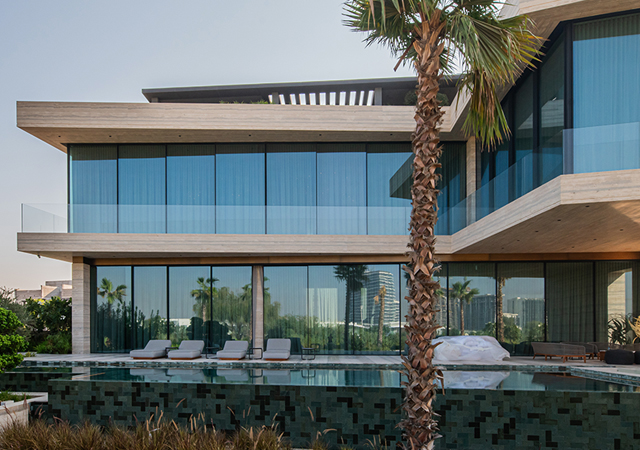
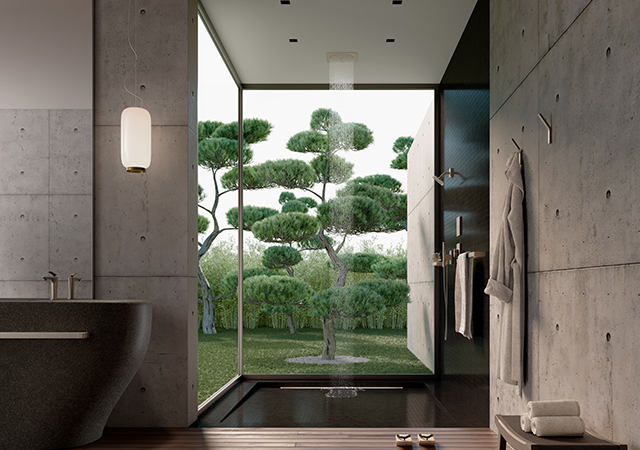
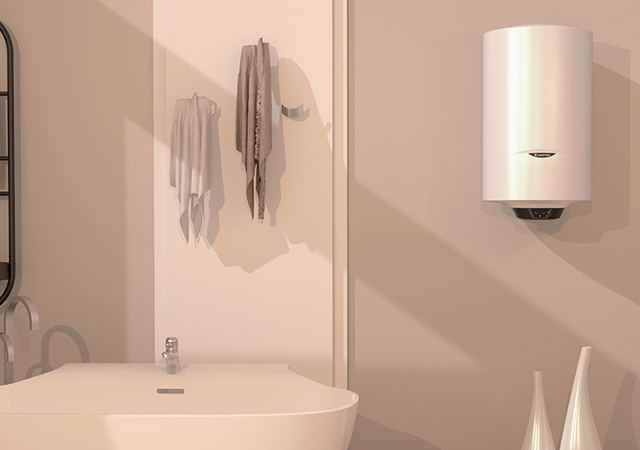
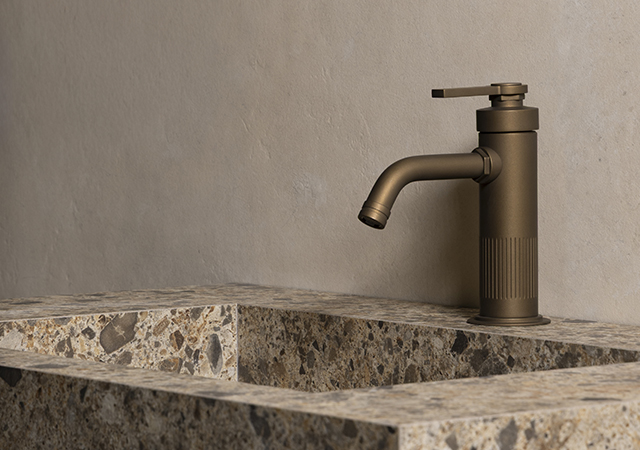

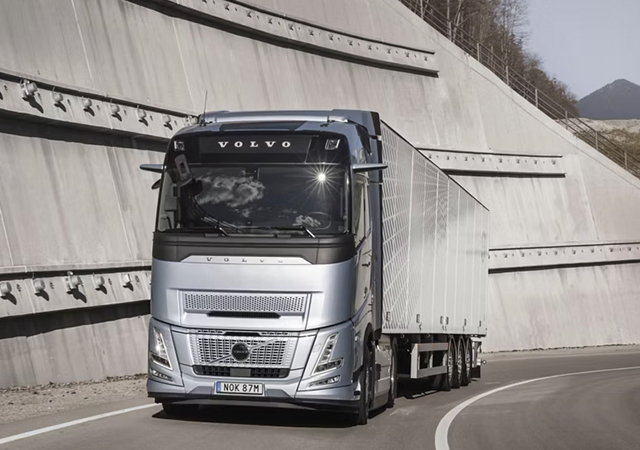
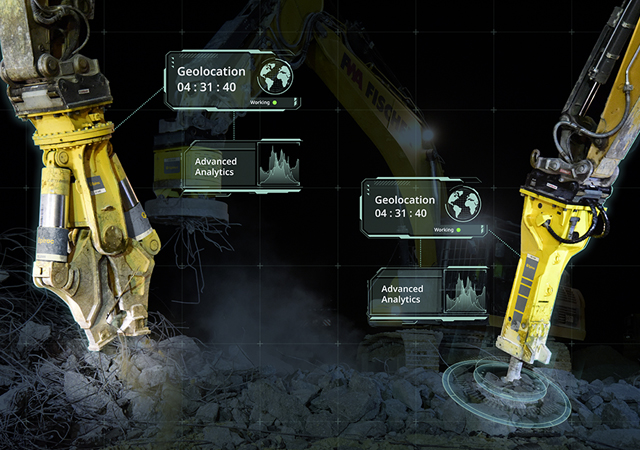
 (1).jpg)
